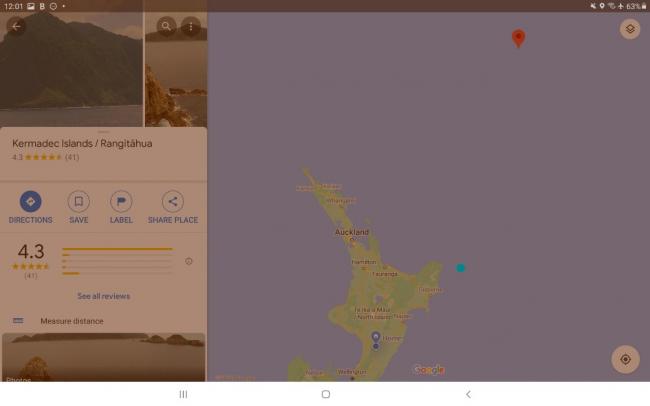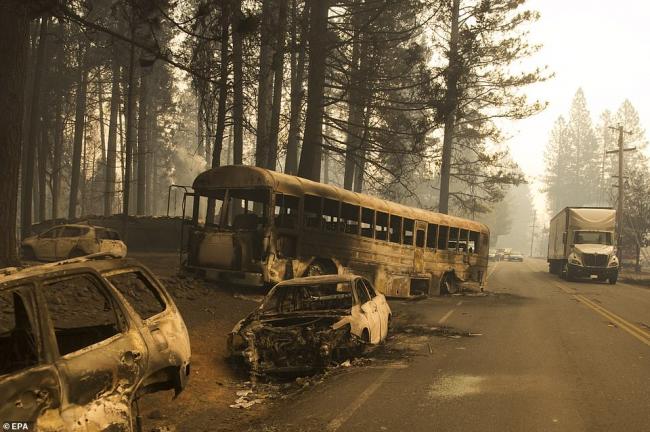Triple Quake in NZ interesting point of note.
I’m posting this as an FYI because of one part of the news story that is of direct interest to us. I’ve posted the text in BOLD Italics below.
New Zealand earthquakes: Tsunami warnings lifted after evacuations
Published
3 hours ago
Three earthquakes, including one of the strongest ever to hit the region, struck off the coast of New Zealand on Friday, triggering tsunami warnings that have now been stood down.
Thousands were evacuated from some coastal areas of the North Island after the third, 8.1-magnitude quake struck.
There were reports of traffic gridlock as people tried to reach higher ground.
The national tsunami warning was lifted at 15:43 (02:43 GMT), some 13 hours after the first quake.
Some wave surges hit parts of the coast but, by Friday afternoon, authorities said the largest waves had passed. Residents were told they could return home but were warned to stay off beaches.
media captionNew Zealand: “What happens if there is another earthquake?”
The South Pacific archipelagos of New Caledonia and Vanuatu have been warned to prepare for dangerous waves.
Their coasts could see wave surges as high as 3m (10ft), while parts of South America – including Peru, Ecuador and Chile – were warned they could see 1m waves reaching their coasts.
The Hawaii-based Pacific Tsunami Warning Center said “tsunami waves have been observed”, but as yet no damage had been reported.
‘Bumper to bumper’ traffic
New Zealand Prime Minister Jacinda Ardern posted on Instagram: “Hope everyone is ok out there.”
The three earthquakes, all above 7.0 magnitude, came during the early hours of Friday.
The last, at 8.1, struck at around 08:30 near the uninhabited Kermadec Islands, 1,000 km (621 miles) north-east of New Zealand.
While earlier tsunami warnings had been called off, the third quake prompted the National Emergency Management Agency to send out a new alert and tsunami sirens sounded in some areas.
The agency told people near the coast in several areas to move immediately to high ground or get inland as far as possible.
It said “strong and unusual currents and unpredictable surges” with tsunami activity continuing for several hours.
Local media reported gridlock in towns such as Whangarei and Whakatane as people tried to flee their homes, schools and workplaces.
In nearby Ohope town, resident Leslie Peake was quoted by the New Zealand Herald as saying the traffic was “bumper to bumper” with “huge queues of people evacuating”.
New Zealand’s civil defence department advised people to walk or cycle to avoid getting caught in traffic
Meanwhile local media posted footage of waves rolling into Tokomaru Bay.
-
Comments (29)
-

